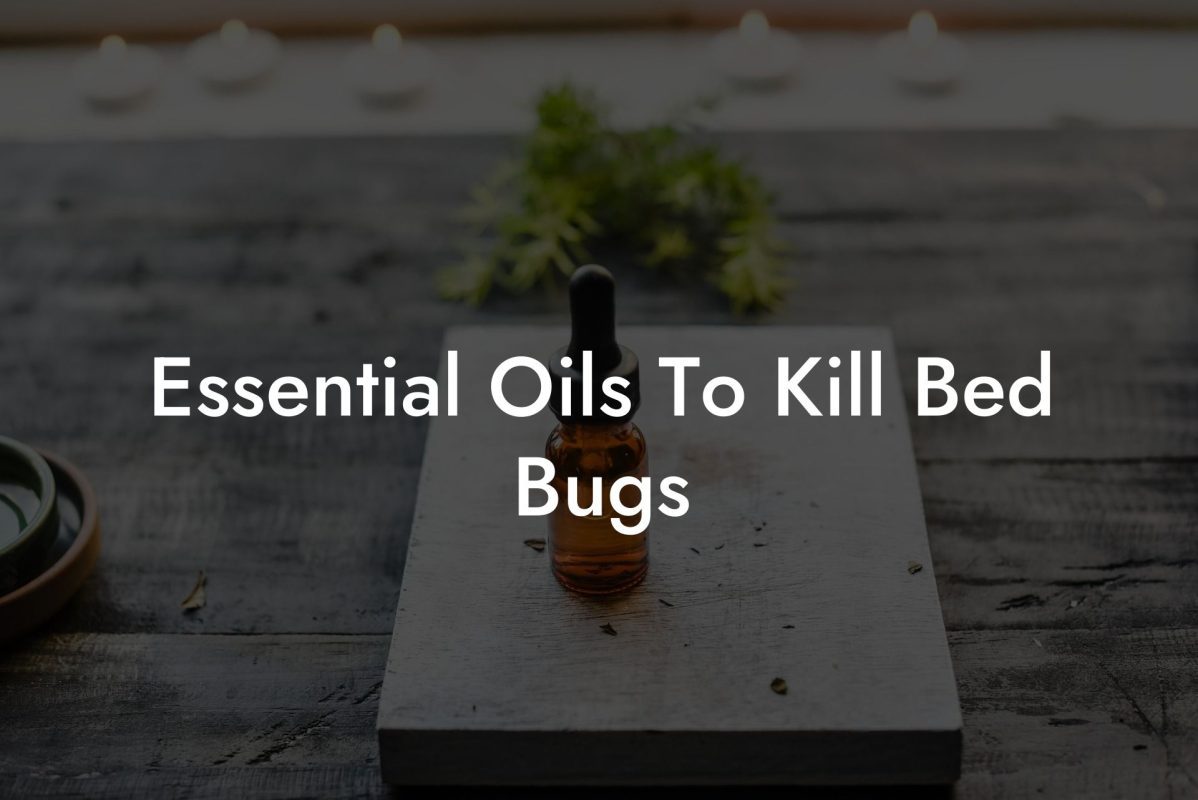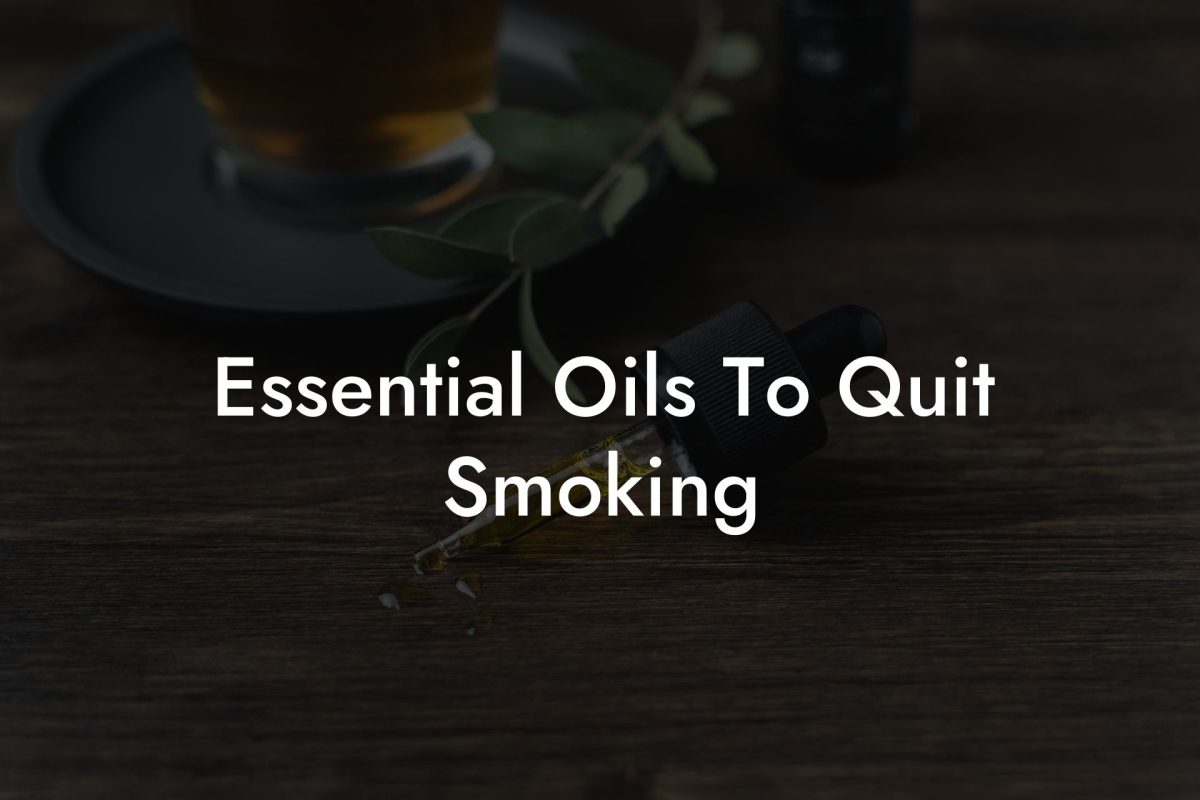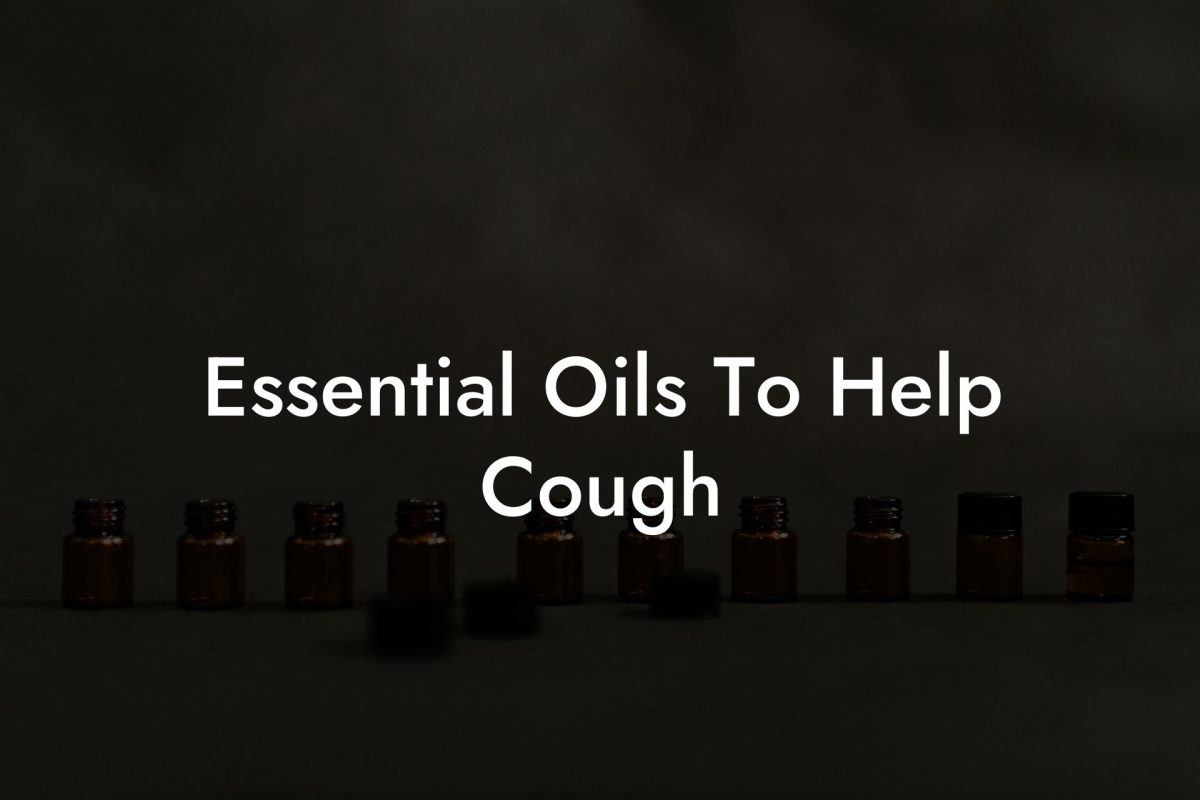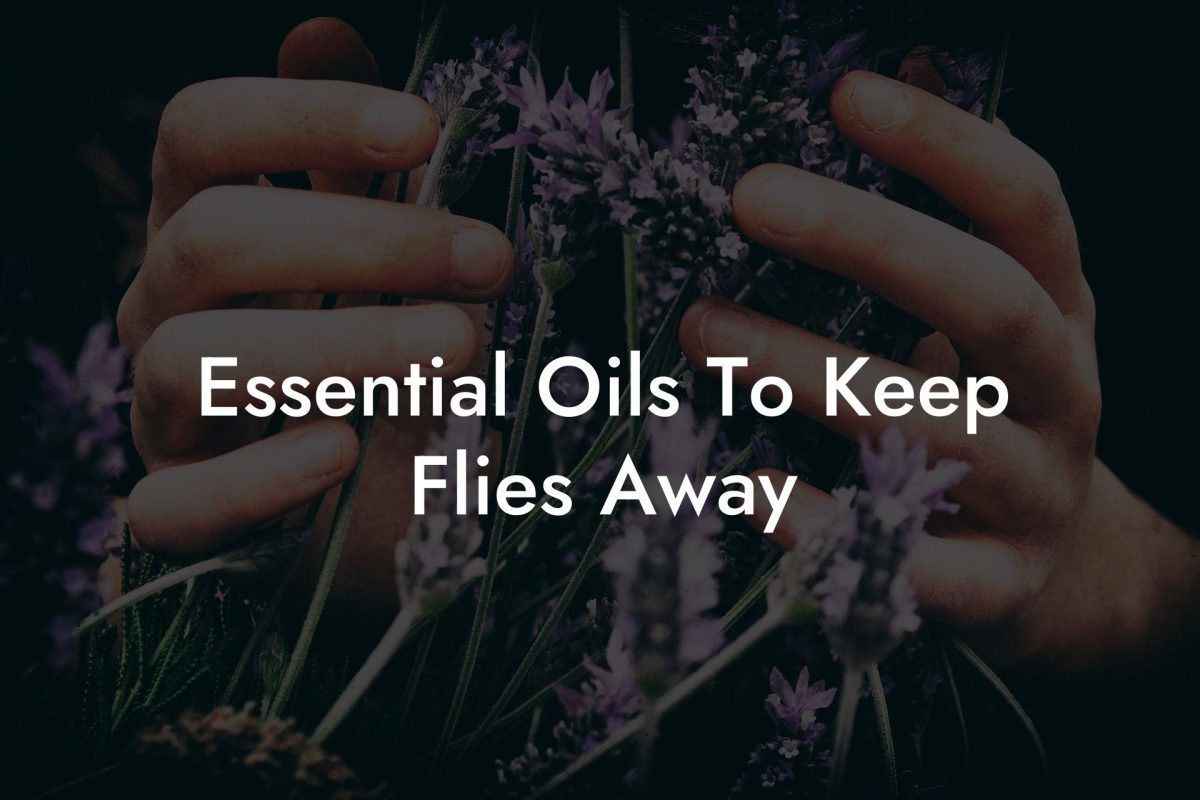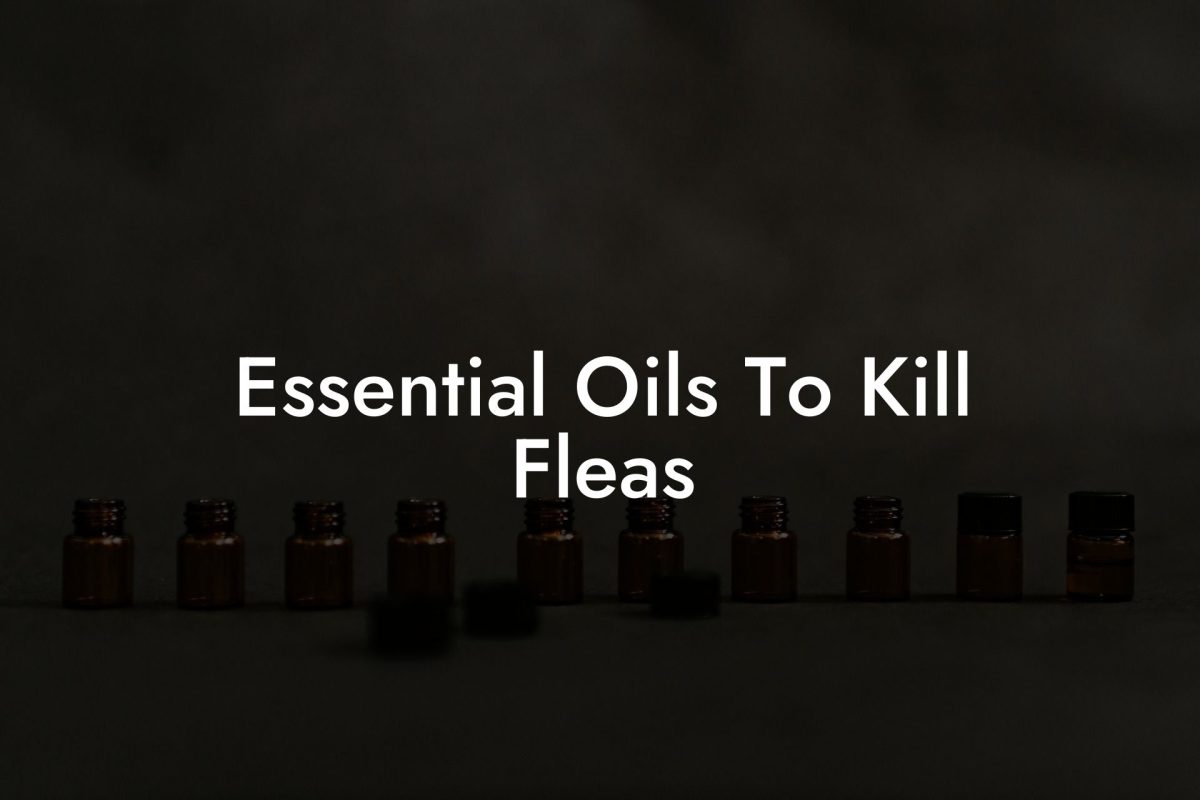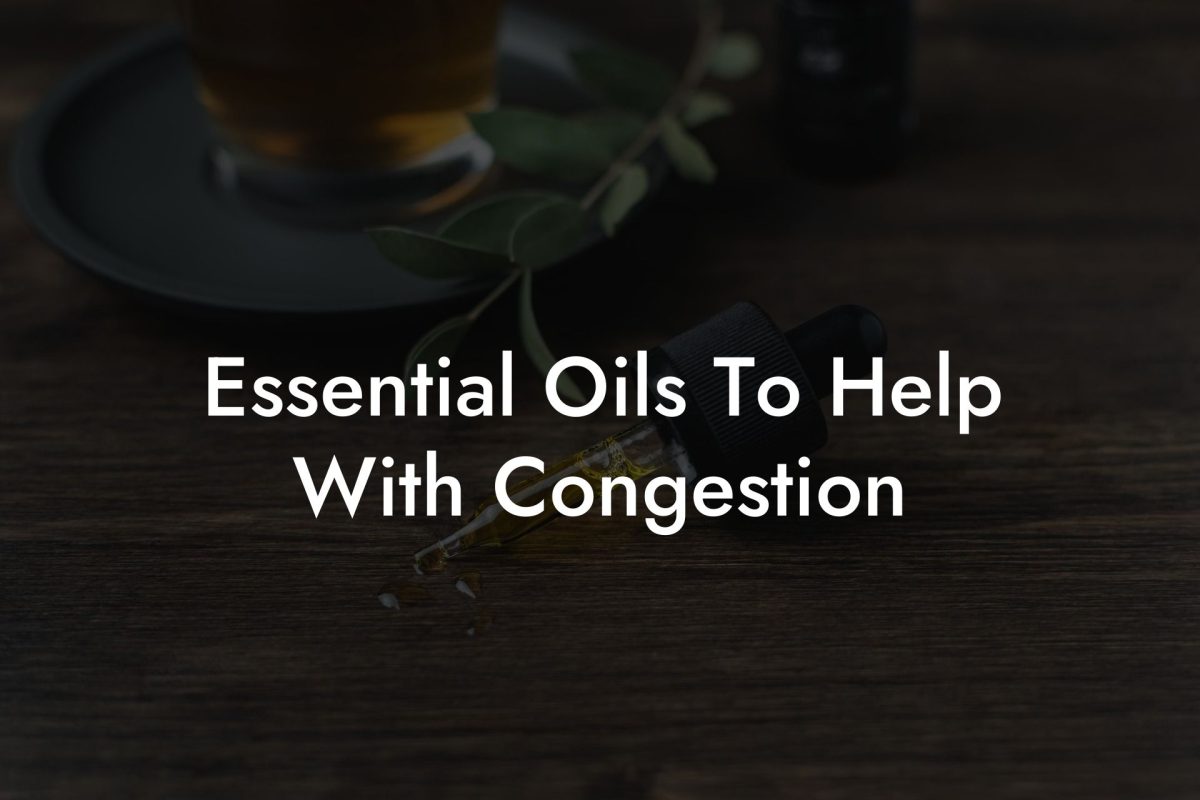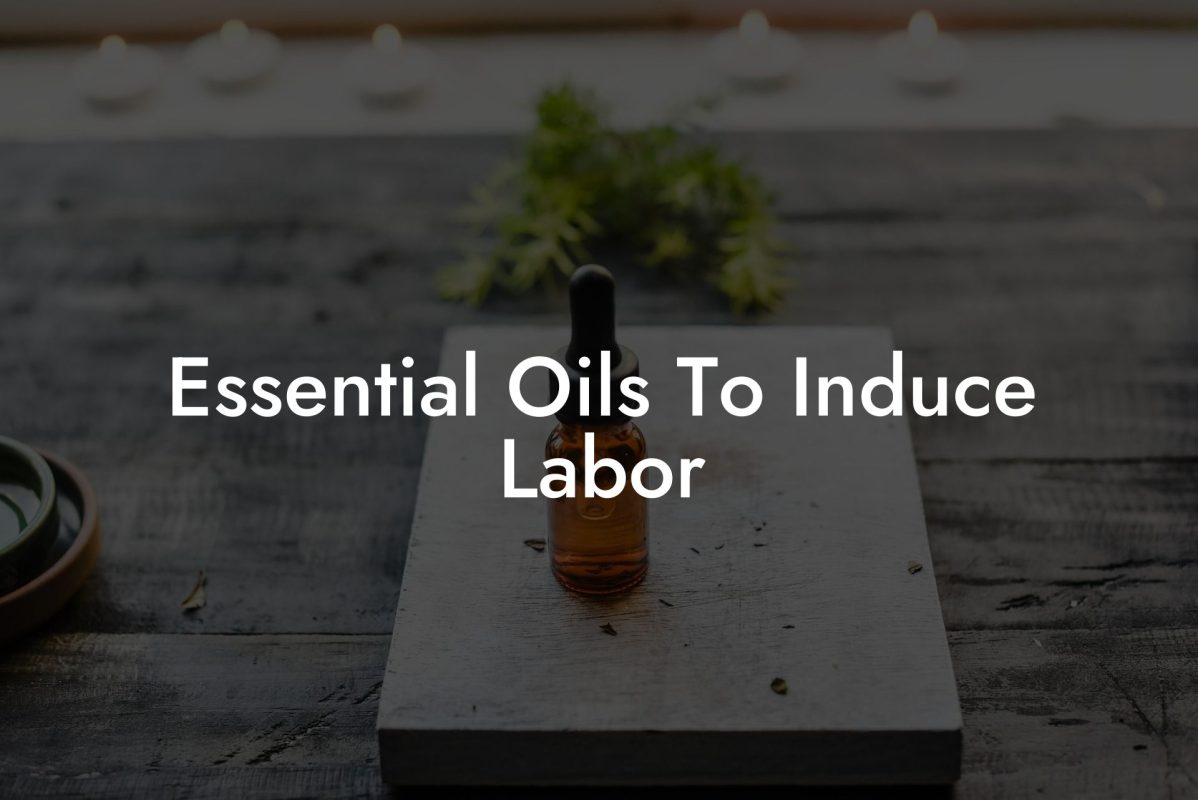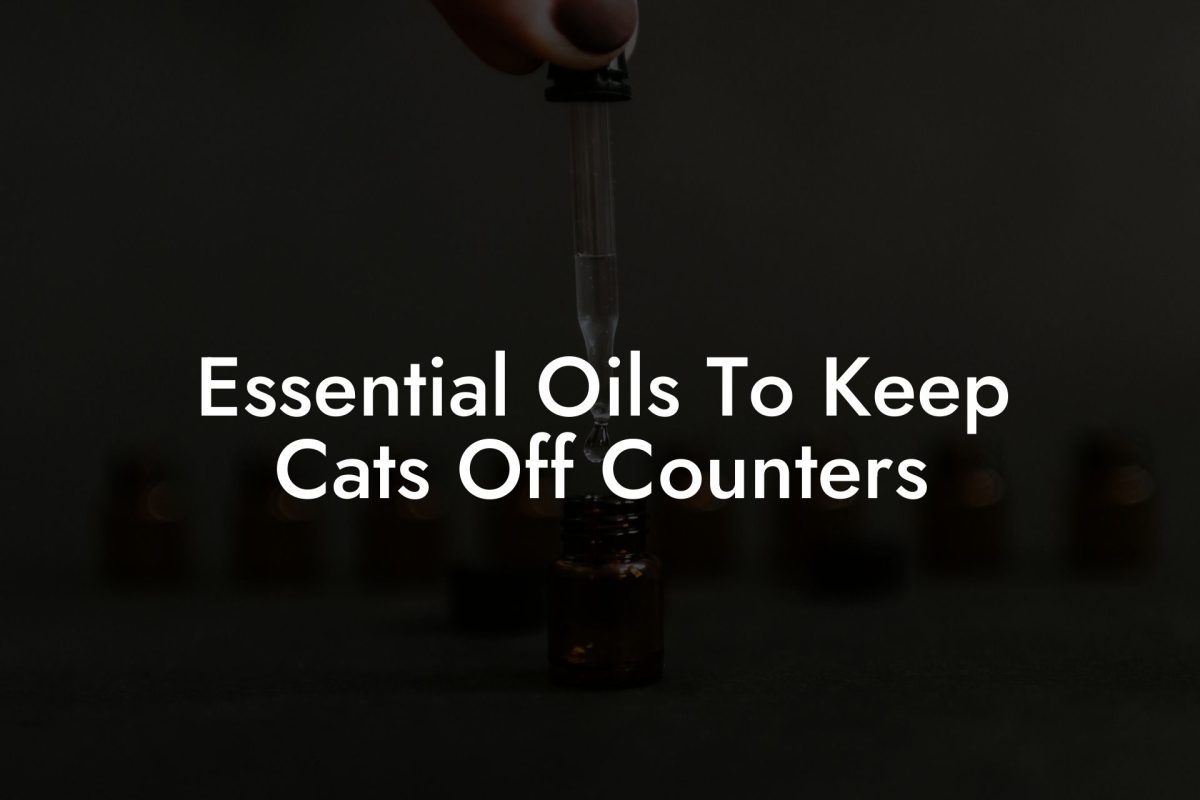Are you on a quest to discover the wondrous world of essential oils? You’re not alone! With the remarkable benefits they offer, it’s no wonder so many people are becoming passionate about these natural wonders. In this comprehensive guide, we will unveil the secrets of essential oils, specifically answering the question of where they come from. So, buckle up and let us take you on an aromatic journey through the fascinating origins of essential oils.
Table of Contents
What are Essential Oils?
Essential oils are natural, concentrated liquids derived from plants, possessing the characteristic fragrance and essence of the source plant. Often referred to as the “life force” of the plant, essential oils are utilized in various applications, including aromatherapy, personal care, and natural home remedies.
How are Essential Oils Obtained?
Several methods are used to extract essential oils from plants. Some of the widely used techniques include:
- Steam Distillation: This process involves passing steam through the plant materials, causing the oil to evaporate. The steam and oil vapor are then condensed back into a liquid form, separating the essential oil from the water.
- Expression: Also known as cold pressing, expression is a technique used to extract oils from citrus fruits’ rinds. The rinds are mechanically pressed, forcing the oil to be released.
- Solvent Extraction: In this method, solvents like hexane or ethanol are used to extract delicate essential oils from plant materials. The solvent is later removed, leaving behind the pure oil.
- CO2 Extraction: Carbon dioxide is used as a solvent under high pressure and low temperature to extract essential oils, ensuring that the oil’s delicate components are preserved.
Where Do You Get Essential Oils from Different Plant Parts?
Essential oils can be obtained from various plant parts, depending on the type of plant, including:
- Flowers & Buds: Lavender, rose, and chamomile oils come from the blooms of these plants.
- Fruits & Seeds: Citrus fruits such as lemon, bergamot, and orange are common sources of essential oils, as well as seeds like those in black pepper and cardamom.
- Leaves: Oils like eucalyptus, basil, and peppermint are derived from leaves.
- Roots & Rhizomes: Valuable essential oils such as ginger and vetiver are found in roots.
- Resins: Frankincense and myrrh essential oils come from the plant’s resin.
- Wood: Essential oils like cedarwood and sandalwood come from the heartwood of these trees.
Where Do You Get Essential Oils Example:
Imagine a picturesque lavender field in the southwest region of France. The flowers have bloomed, permeating the air with their soothing fragrance. After hand-harvesting the delicate flowers, they’re placed in a large stainless steel chamber and subjected to steam, extracting the oil from the plant meticulously. The steam and oil are then condensed and separated, leaving behind a rich lavender essential oil prized for its calming and balancing properties. Oshu Oils, as an artisan essential oil producer, is committed to ensuring the highest-quality essential oils are sourced and properly extracted, just like our lavender oil example.
Now that you’ve explored the origins of essential oils, it’s time to embark on your own journey into the world of aromacology with Oshu Oils. Our range of meticulously crafted essential oils promises to not only enhance your wellbeing but also delight your senses. So, dive in, and let the power of nature work its magic. If you enjoyed this article, be sure to share it with fellow essential oil enthusiasts and continue to explore our guide for more invaluable insights into the fascinating world of essential oils.


